|
Getting your Trinity Audio player ready...
|
ARTICLE. By Matt Dolkas, Content Marketing Manager, for Peninsula Open Space Trust (POST), November 1, 2021.
Not to rain on your Thanksgiving Day parade, but much of the story we’ve been taught about this national holiday isn’t exactly accurate. If you’re like me, you grew up with rosy pictures of pilgrims and Native Americans peacefully gathering for a famous feast and turkey. It wasn’t until later in my adult life that I learned the truth: the telling and retelling of a terribly false historical narrative.
The story, unfortunately, is similar to my early education into the history of California’s Indigenous people. It’s painful to remember elementary school lessons decorating headbands with colorful craft-store feathers, only to later learn of the state’s brutal systemic racism and government-sanctioned genocide. For so much of my life, I didn’t even know the truth behind where privilege came from.
I’m not saying we throw out our Thanksgiving traditions entirely, of course not. Time around the table with family and friends is what it’s all about (National Family Week is November 21 – 27, by the way). What I am saying is that it’s time to recognize and talk about the truth behind our shared history, even the ugly parts. It’s a time for relearning, good conversation and coming together.
Thankfully (pun intended), there is ample opportunity today to reeducate ourselves and cut through this colonial rhetoric. This month, our staff came together to share our favorite books on California’s Indigenous people, worth the read if you’re looking to better understand the true stories of our home state’s first nation.
Find the books below (organized alphabetically) and happy shopping at your favorite local bookstores:
A Century of Dishonor
Helen Hunt Jackson
First published in 1881, Jackson offers a seminal read still relevant to this day. This was her attempt to change government ideas and policy toward Native Americans at a time when the effects of the 1871 Indian Appropriations Act had begun to draw public attention.
An American Genocide, The United States and the California Indian Catastrophe, 1846 –1873
Benjamin Madley
As the first historian to uncover the full extent of California’s genocide, Benjamin Madley provides a well-researched, complex and chilling history into this largely untold American atrocity.
Bad Indians: A Tribal Memoir
Deborah A. Miranda
Part tribal history of the California Mission Indians and part memoir of the author’s family experiences, this book is a powerful blend of oral histories, newspaper clippings, anthropological recordings, poems and personal reflection.
Braiding Sweetgrass
Robin Wall Kimmerer
Kimmerer, a member of the Citizen Potawatomi Nation of Oklahoma, mother and scientist, calls for an awakening to a wider ecological consciousness. Follow along as she reunites with her own cultural traditions, the teachings of native plants — one of our staff’s favorites that had to make the list.
The land in POST’s working area has been home to many distinct communities of Native people since time immemorial. We work to conserve and care for these lands —the ancestral territory of at least four contemporary Indigenous communities: the Amah Mutsun Tribal Band, Muwekma Ohlone, Ramaytush Ohlone and Tamien Nation. These groups have survived centuries of oppression and displacement, and are the past, present and future caretakers of this land. Learn more here.
California Through Native Eyes: Reclaiming Territory
William J. Bauer Jr.
Using oral histories of Concow, Pomo, and Paiute workers, Bauer reveals how Native peoples have experienced and interpreted the history of California. Combining oral histories with creation myths, he illustrates the importance of sacred landscapes, animals and other nonhuman actors in the formation of place and identity.
Deep Hanging Out: Wanderings and Wonderment in Native California
Malcolm Margolin
Drawing from decades of “deep hang out” (immersion in a social, informal way) in California’s Indigenous culture, Margolin explores leadership traditions, pedagogical techniques and conservation practices throughout various parts of the state — fascinating glimpses into world views very different from those of contemporary America.
Murder State: California’s Native American Genocide, 1846 –1873
Brendan C. Lindsay
A comprehensive examination of the state’s mass genocide, Lindsay provides a picture into one of the most painful parts of our shared history.
Ramona
H.H Jackson
After publishing a damning indictment of the U.S. government’s treatment of Native Americans in A Century of Dishonor (above), Jackson was inspired to use popular fiction as a way to illuminate the horrors perpetrated against southern California tribes following the 1871 Indian Appropriations Act.
Tending the Wild: Native American Knowledge and the Management of California’s Natural Resources
M. Kat Anderson
This unparalleled examination of Native Californian’s land management practices helped to reshape our collective understanding of the state’s Indigenous cultures and their profound influence on the landscape.
The Way We Lived: California Indian Stories, Songs and Reminiscenes
Malcolm Margolin
This collection of personal histories, songs, chants, and stories illuminates California’s original sense of itself. Margolin’s exploration of the remarkable revitalization of the state’s Indigenous cultures over the past thirty years is especially noteworthy.
There There
Tommy Orange
A novel that weaves together the story of twelve Native Americans all traveling to the Big Oakland Powwow and all connected to one another in ways they may not yet realize.
We Are the Land
Damon B. Akins & William J. Bauer Jr.
The first and most comprehensive text of its kind, contextualizing the first encounters with Europeans, Spanish missions, Mexican secularization, the devastation of the Gold Rush and statehood, genocide and efforts to reclaim stolen land.
When the Light of the World Was Subdued, Our Songs Came Through: A Norton Anthology of Native Nations Poetry
This landmark anthology celebrates the indigenous peoples of North America, the first poets of this country, whose literary traditions stretch back centuries.


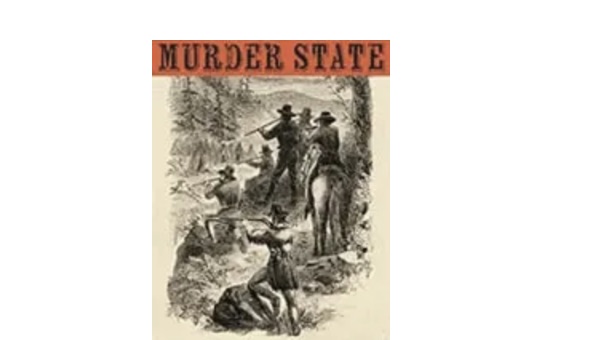
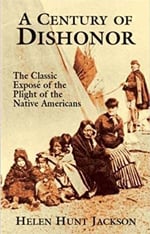
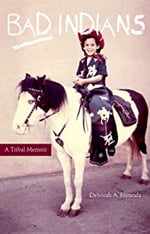
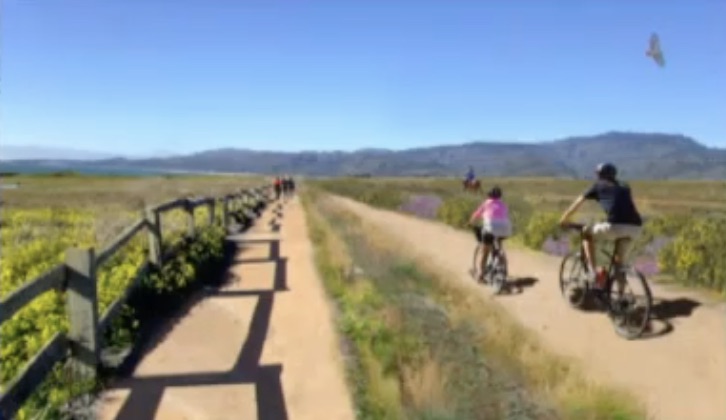
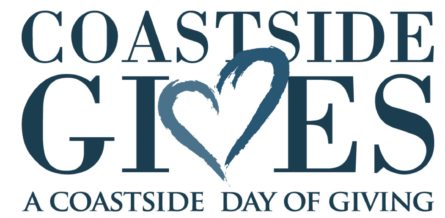

Don’t forget about “Ishi: Last of His Tribe.”